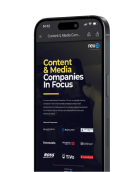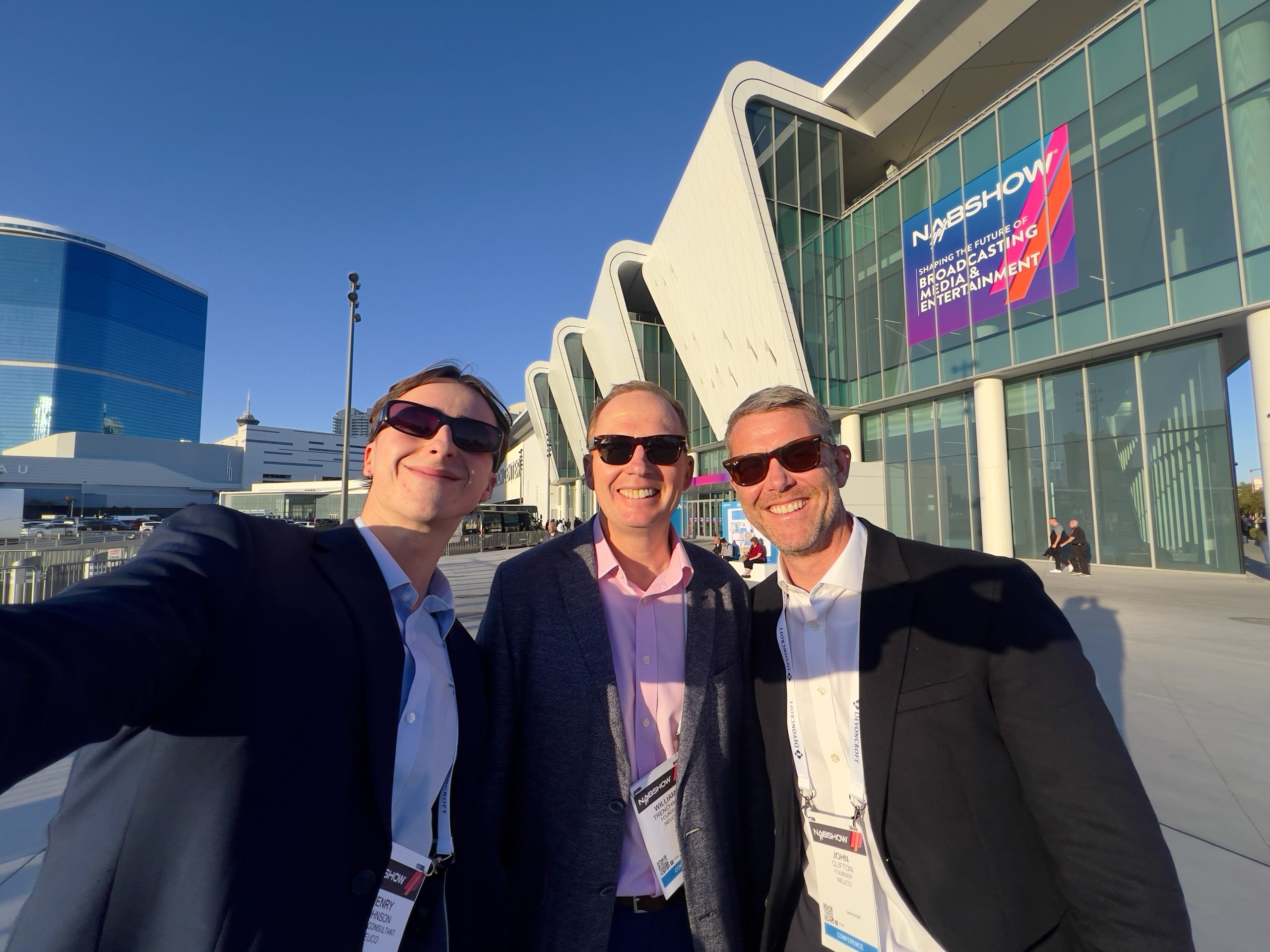Content delivery is a huge part of the content and media industry. On Episode 24 of The Content & Media Matters Podcast we sat down with Gautier Demond, the Vice President of Sales for Content Publishers North America at Qwilt, to talk about the different ways we can deliver content to consumers. Gautier has led a varied career across sales, engineering and architecture, giving him a range of perspectives. Read on to hear what he had to say about content delivery networks.
Qwilt is a leader in open caching technology, which is a different way of doing CDN. Traditionally, CDNs have relied on big pops from all over the globe, that then leverage peering to get access to the eyeball network and deliver content. That has been working, but over the last few years we’ve seen bottlenecks appear either on capacity or that access to the eyeball networks. When it’s a Tuesday and you have an iOS update and Microsoft Update and the Champions League streaming at the same time, you’ll see serious congestion on the networks. That’s a problem.
The way open caching changes that is by partnering with the ISPs and deploying caching architecture at a density and granularity never seen before inside the ISP network. We’re able to bypass those traditional bottlenecks. So why are companies allowing us to deploy within their networks? The second part is the business aspect of open caching, which is our revenue sharing model, where we share a percentage of our revenue with the ISPs that provided the deployment.

In traditional CDNs you have three major players who are constantly bumping heads – you’ve got the content creators, the CDN and the ISPs. There’s always been tension between the CDN and the ISPs, because you send all that traffic to their network, but they’re not seeing any revenue from it to be able to invest into growing their network. Open caching allows us to share revenue with them so it benefits everyone. Instead of being in an adversarial relationship, you’re gonna be in a partnership. They’re getting engineering assistance, support, data… It allows us all to perform better. Working together allows for high density, which results in tremendous performances. It’s not rocket science.
In the CDN world, we’re all subject to the algorithm. Over the last few years there has been a transition towards the contract side to accommodate that ability to switch traffic without incurring any financial penalties for the customer. Also, the platforms that perform the best are going to get the most traffic. The way we are judged is by our performance, which is measured on the client’s device, and that decides if your company or your relationship with the content provider is successful or not. So data is something we use daily, because we need to know what to improve and focus on. Everything is definitely data.
To learn more about content delivery networks, tune into Episode 24 of The Content & Media Matters Podcast here.
We sit down regularly with some of the biggest names in our industry, we dedicate our podcast to the stories of leaders in the technologies industries that bring us closer together. Follow the link here to see some of our latest episodes and don’t forget to subscribe.


